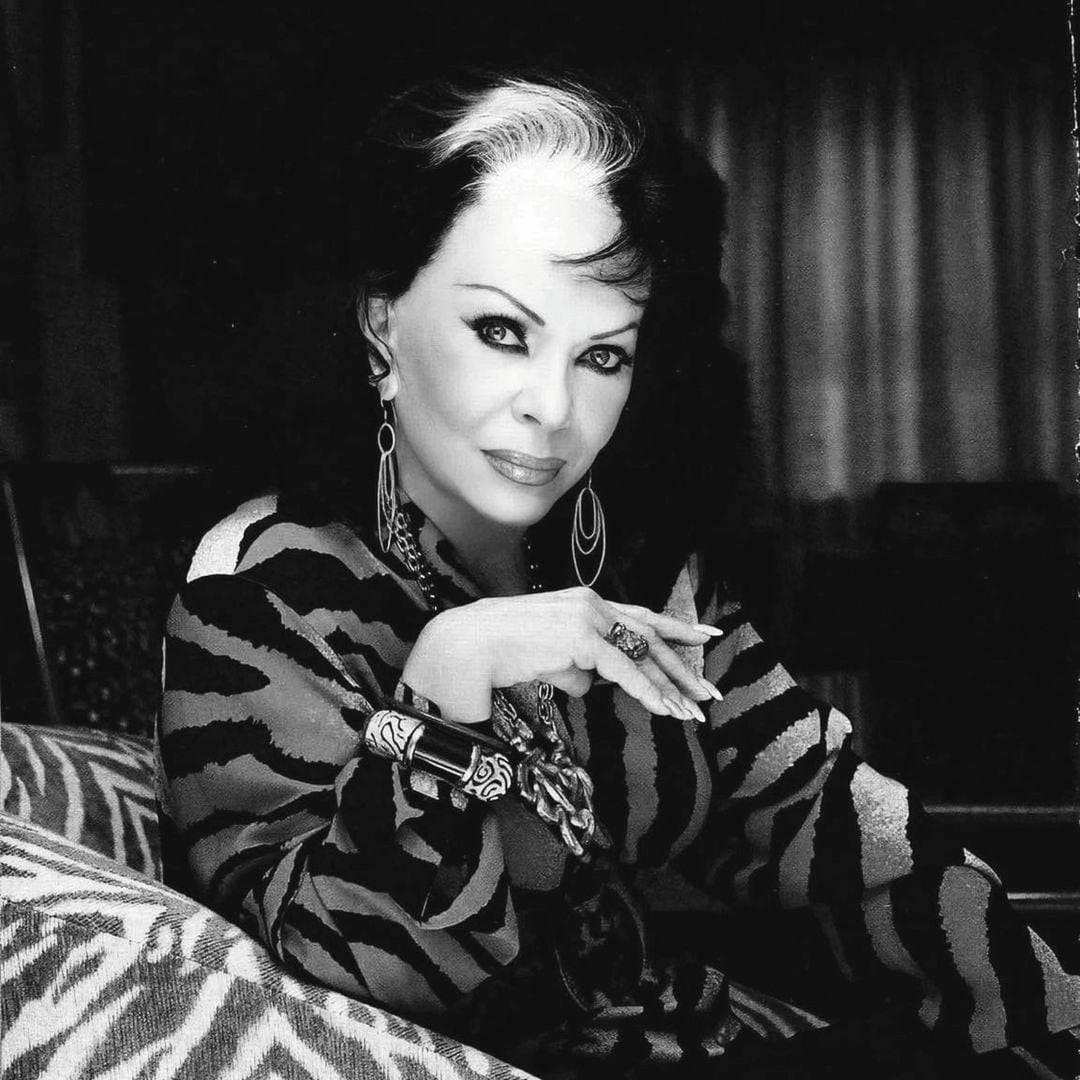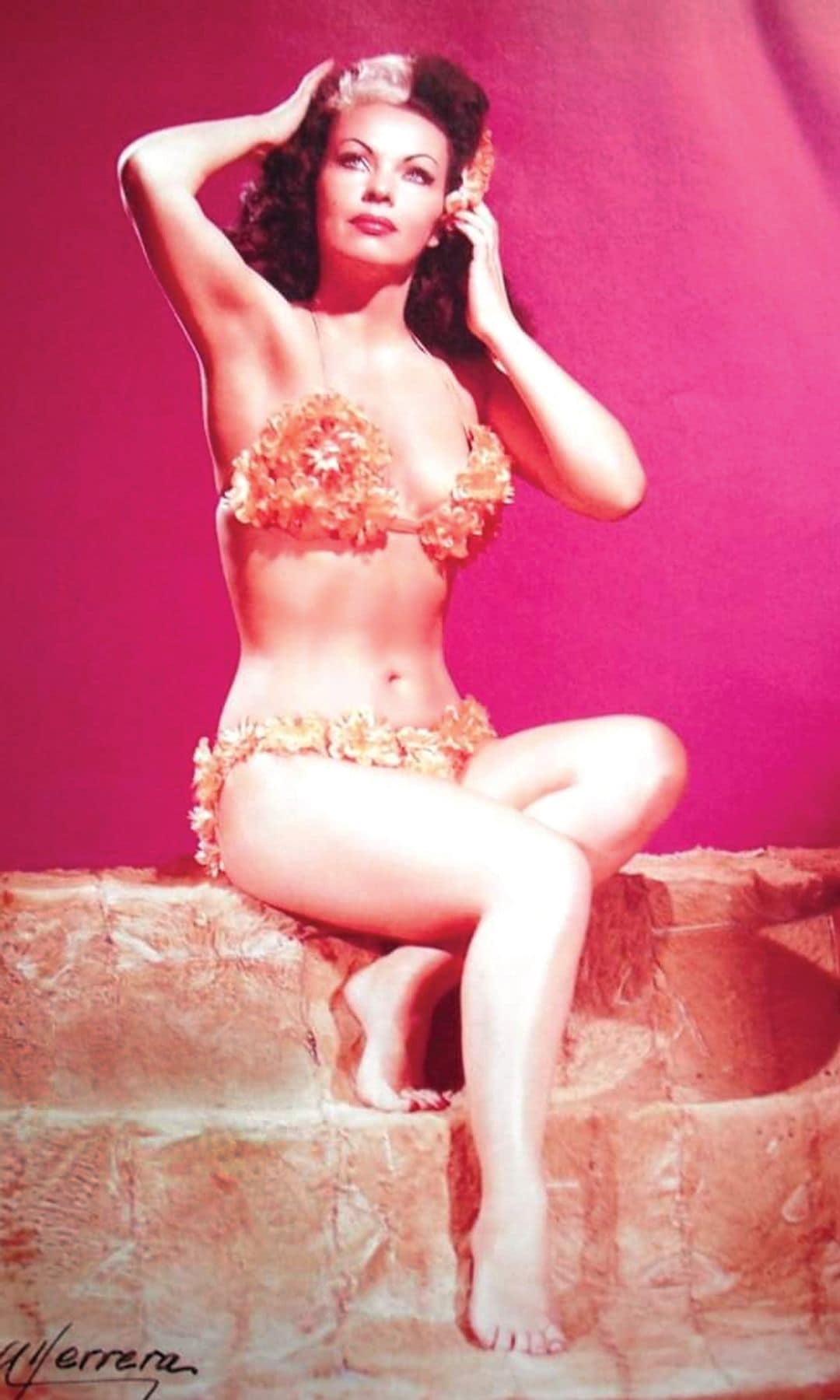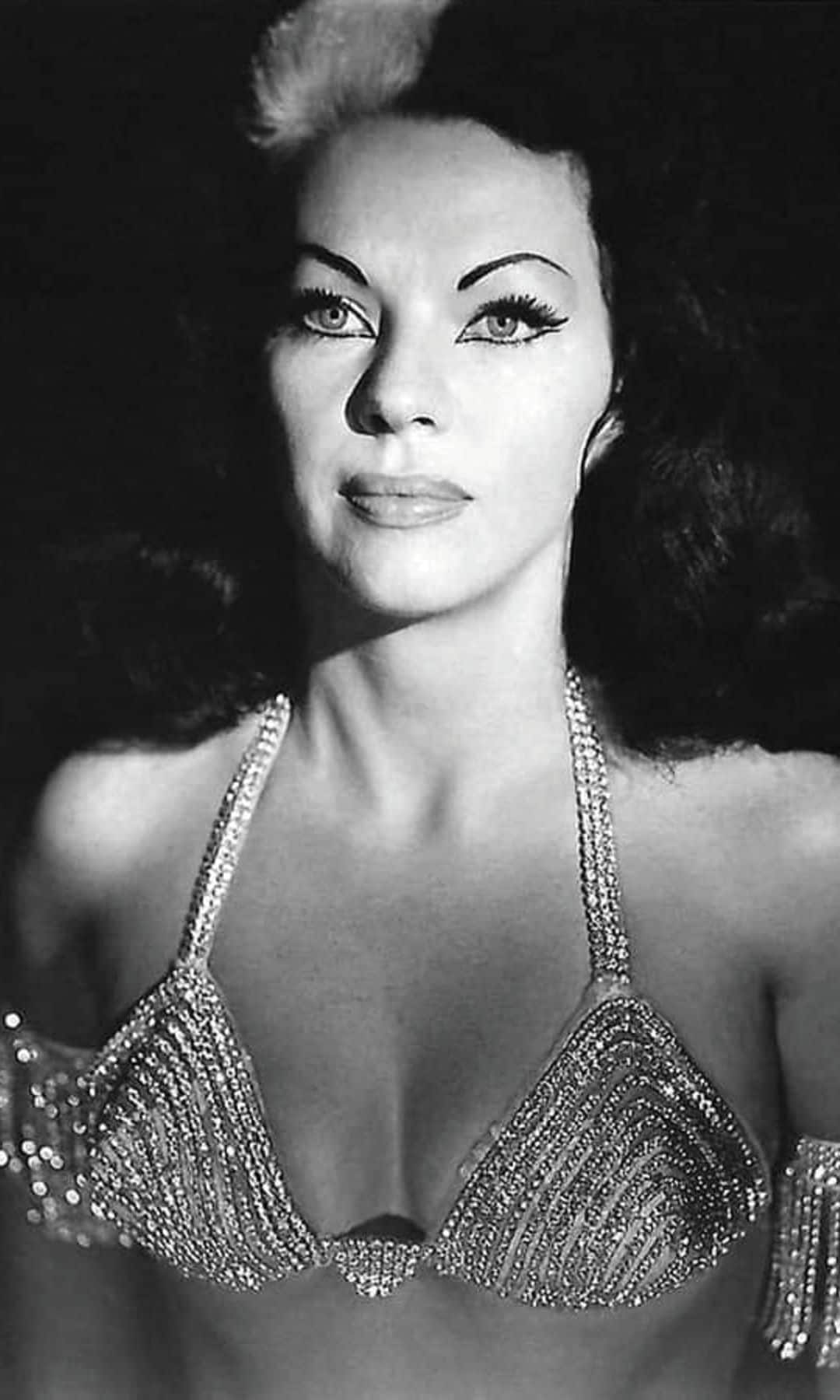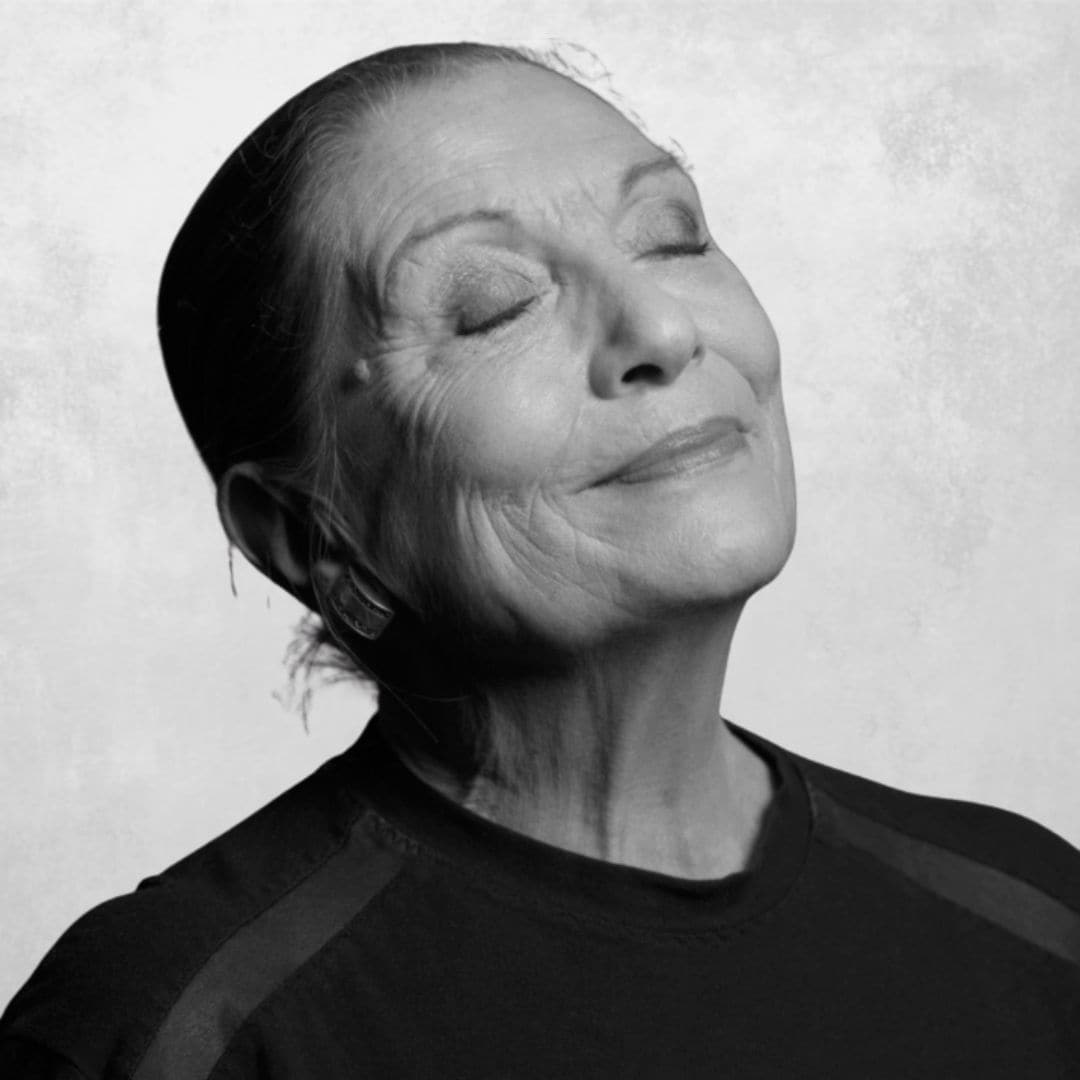Mexican cinema would have never reached its dizzying heights without the rhythm, flair, and sensuality of the vedettes that lit up the screen in the late 1940s and early 1950s. Tongolele was one of the most unforgettable ones. The enigmatic dancer turned African and Tahitian rhythms into pure silver screen magic.
Born Yolanda Yvonne Montes Farrington on January 3, 1932, in Spokane, Washington, Tongolele seemed destined for the spotlight, even if her family didn't see it. With Mexican roots from her father and American ones from her mother, plus a swirl of Spanish, Swedish, English, and Italian ancestry, she was a melting pot of cultures and charisma.
Yolanda followed her instincts despite having no performers in her family and being discouraged by her aunts, who told her she was too short or had the wrong legs for dance.
She started young, working as an exotic dancer with the San Francisco International Ballet. But her true breakout came at just 15, when she moved to Mexico City and was hired by the showbiz businessman Américo Mancini. He helped her make her debut at the famous Tívoli Theater, a hotspot for top talent at the time. That's where Tongolele was born—not the woman, but the iconic name. A blend of Congo and Tonga, it was her way of honoring her maternal roots.
With piercing blue eyes and a dramatic white streak in her hair, she quickly earned the nickname "La Diosa Pantera" ("The Panther Goddess"). She once revealed that she originally wanted to go by "Sandoa," but her agents pushed for "Tongolele," a choice that would make her a household name.
"I wanted to be Sandoa. We discussed it, and we chose Tongolele. Later, in the telenovela Salomé, I used that name."
And it wasn't just a name that made waves—her style, grace, and energy made her a favorite in Mexican cinema. Tongolele starred in a string of classics, including "La Mujer del Otro," "Nocturno de Amor," "Sí... Mi Vida," and "Música de Siempre." Her on-screen magnetism led to her TV debut in the soap opera "La Pasión de Isabel" in 1984. Nearly two decades later, she enchanted a new generation in "Salomé" (2001), and from 2011 to 2013, she ruled the stage in the hit musical "Perfume de Gardenia." Her cinematic swan song came in 2012 with "El Fantástico Mundo de Juan Orol."
In 2010, Tongolele received the Lunas del Auditorio award, a prestigious honor celebrating a lifetime on stage. This award is a fitting tribute to a woman who never stopped dancing.
Offstage, Tongolele married Cuban dancer Joaquín González in 1956. Together, they had twin sons, Ricardo and Rubén. Tragically, Joaquín passed away in December 1996 due to heart issues. Even as she faced life's toughest blows, Tongolele never lost her spark.
"I wanted to dance all my life. My aunts tried to talk me out of it, saying I was too short or had stubby legs."
But dance wasn't just her job, it was her heartbeat.
By the early 2010s, concerns about her health began to surface. She was later diagnosed with Alzheimer's disease, which worsened by 2021. Despite this, she never let go of her passion. At home in Puebla, she often danced her Tahitian routines in her private studio, guided by muscle memory and pure love for the art.
On February 16, 2025, the world said goodbye to Tongolele. But her story didn't end there. Her legacy as an exotic dance pioneer and cinematic icon lives on, not just in film reels or vintage posters, but in the vibrant memory of the era she helped define.
Tongolele wasn't just a dancer. She was a revolution in motion.
,type=downsize)







